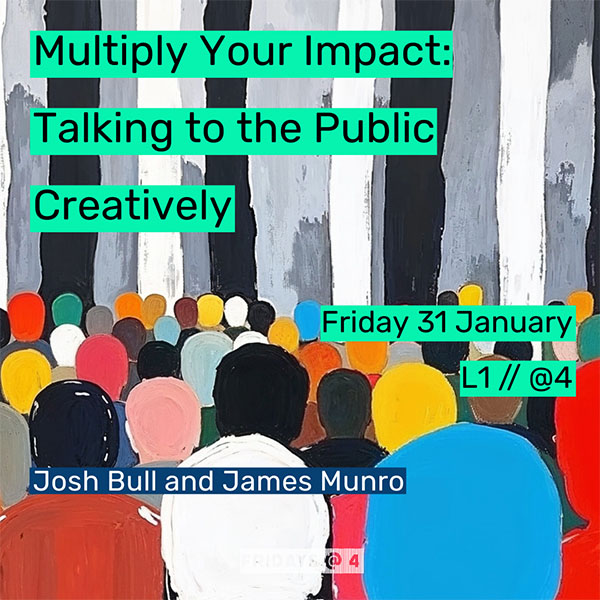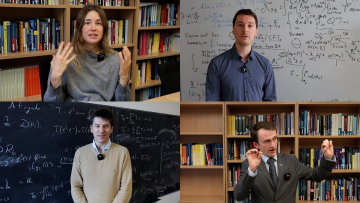14:00
Hodge Learning on Higher-Order Networks
Abstract
The discrete Hodge Laplacian offers a way to extract network topology and geometry from higher-ordered networks. The operator is inspired by concepts from algebraic topology and differential geometry and generalises the graph Laplacian. In particular, it allows to relate global structure of networks to the local properties of nodes. In my talk, I will talk about some general behaviour of the Hodge Laplacian and then continue to show how to use the extracted information to a) to use trajectory data infer the topology of the underlying network while simultaneously classifying the trajectories and b) to extract cell differentiation trees from single-cell data, an exciting new application in computational genomics.



